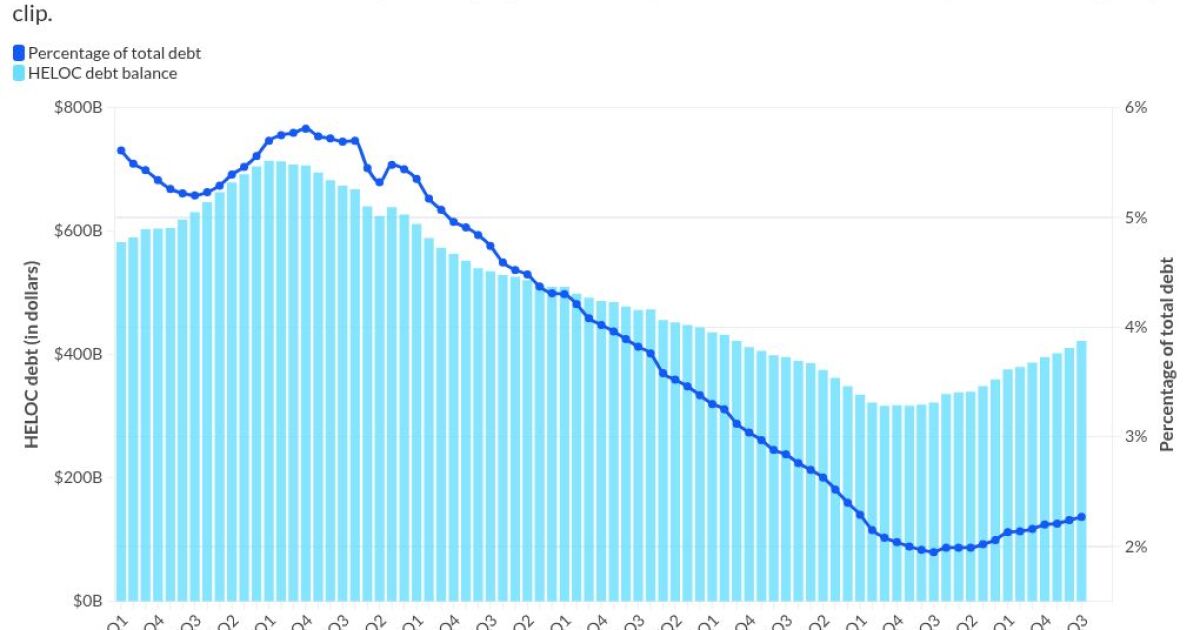
One big question about the Consumer Financial Protection Bureau's
The CFPB addressed this with
While the timing could have been better, the guidance does show how interactions with the existing registry may help mortgage firms manage what the MBA's analysis of Office of Management and Budget data suggests could be 271,000 hours of implementation.
The portal that the bureau plans to open on Oct. 16 will allow nonbank mortgage companies to input a range of data that includes their
Users can opt to add state regulatory orders published on the NMLS's public access website on a one-by-one basis and click through the corresponding attestations in the setup process.
The NMLS already has many orders available through its public access website and pertinent to the bureau's new registry posted, and the Conference of State Bank Supervisors is encouraging regulators to upload any that aren't already in the system.
"There'll be a little bit of time savings initially and a lot of time savings when it comes to annual recertification," said Doug Foster, director of regulatory affairs at Polunsky Beitel Green, when asked about how the coordination between systems will affect implementation for mortgage companies.
A time saver for state orders onlyTo understand the extent to which the bureau's guidance suggests the NMLS will be a time-saver for nonbank mortgage lenders and servicers more broadly, it helps to look at how much overlap there is between the two.
There have been complaints that the CFPB's registry is duplicative given the existence of the Conference of State Bank Supervisors' NMLS system, and the coordination of them acknowledges that there is some truth to that, but the bureau's effort ultimately extends beyond the states' records.
"I don't want the NMLS exception to give mortgage companies the idea that the new registry only covers NMLS orders," said Richard Horn, a former senior counsel and special advisor at the bureau who is currently the co-managing partner of a private law firm.
An appendix in the registry's final rule defines public orders in the registry as those issued not just by state regulatory agencies but by the courts, according to Horn.
So even with the NMLS providing some efficiencies around state information, "There could be some homework that would take mortgage companies some time to do," he said.
That means that as mortgage firms prepare to embark on an implementation process that's staggered by institution type, which begins for the earliest companies this fall and goes into 2025, they should budget work time for it.
However, the information seen to date suggests the implementation won't require what historically has been seen as a heavy lift for the industry, according to Horn.
"It's not like the implementation of major rulemaking
Emerging implicationsWhile the new information from the bureau addresses some questions for mortgage firms about how the new registry will handle interactions with the NMLS operationally, it doesn't speak to some broader implications, said Eric Young, senior managing director at Guidepost Solutions.
The two registries' coordination could provide the constructive transparency the CFPB wants, but questions remain as to whether it really makes the implementation timeline manageable and if it could intensify what Young sees as a growing regulatory imbalance.
"The longstanding 'dual banking' system and its pendulum, intended to balance the rights and authorities of the federal government versus state banking authorities, has continued to swing much more in favor of the federal government. This CFPB rule is no exception," he said.
The guidance around interactions between the two could result in some additional constructive transparency in line with the CFPB's aims when it comes to the registry, but three questions may determine whether it ultimately does, according to Young.
"The keys will be the following: How much bona coordination will there be between the CFPB and state banking authorities? How much of a transition period will these lenders be given to compliance, particularly smaller institutions? And ultimately, will this new rule result in greater enforcement action transparency to reduce the level of nonbank lender misconduct?" he said.



